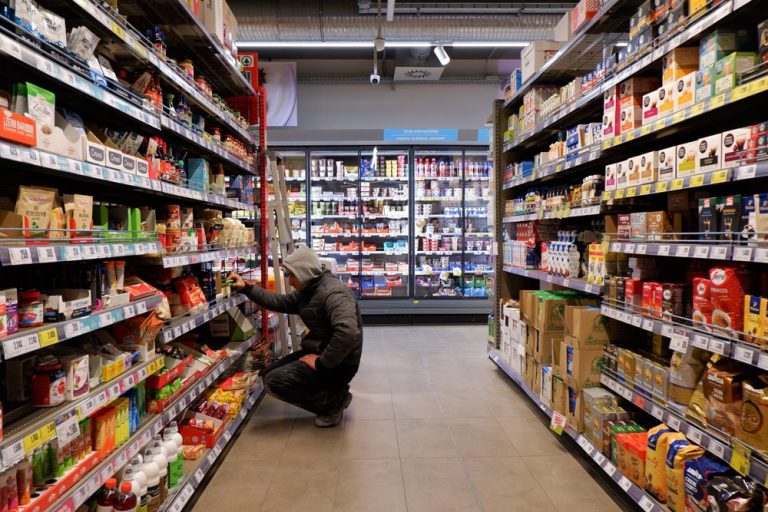
A majority of consumers think inflation this year will trump 2022’s soaring pace.
The latest data from the Labor Department may not dispel that notion.
Not when the cost of simply putting food on the table keeps going up.
PYMNTS found in its latest report on where households think their paychecks — and purchasing power — is headed, via the “New Reality Check: The Paycheck-to-Paycheck Report,” that 56% of consumers think life will be more expensive this year than last.
That’s a sentiment similar to the one shared by 70% of people living paycheck to paycheck.
The numbers as announced by the Bureau of Labor Statistics Tuesday (Feb. 14) show inflation moderated, at least when measured against a peak 9.1% rate seen over the summer. Consumer prices were up 6.4% annually in the Tuesday reading.
But more granular and month-to-month readings show a resurgence in the costs of keeping life going — namely, simply keeping bellies full and the lights on. We’re already up double-digit percentage points from two years ago, as our proprietary analysis shows here, and January was just more of the same.
As always, there are two sets of inflationary headline numbers in the latest report: Core inflation, which excludes food and energy, was up 0.4%. The reading that includes those expenses gained 0.5% in January.
The latter reading indicates a quickening from December when prices were up 0.1%.
Inflation data is volatile and the impact of rising prices shifts from category to category.
But the trend feels like it’s ever upward. The devil is in the details, of course. The report shows that, overall, food prices rose by 0.5% in January. With a bit more granular detail, food consumed at home was 0.4% higher, down from 0.5% inflation in December.
Off from Peaks, But Inching Up

While we’re down from peak inflation here, which topped a month-over-month boost of 1.3% as measured in July, absolute prices are still marching higher. The Labor Department also disclosed that “four of the six major grocery store food group indexes increased over the month.”
The index for meats, poultry, fish, and eggs increased 0.7% over the month, and eggs rose 8.5%. The index for cereals and bakery products rose by 1%.
Fruits and vegetables got cheaper (by 0.5%), but it’s clear that the most basic ingredients of almost any meal are dearer than they were. As measured through the trailing 12 months, food at home is 11.5% more expensive than a year ago.
Energy was a mixed bag, as gasoline retraced a bit of its recent price declines and was up 2.4% in the month, and electricity was up 0.5%. Gas via utility — the type used to heat one’s home — was up 6.7%. Shelter itself surged 0.7%, so simply dwelling somewhere is eating away at the family’s take-home pay too.
Shelter, food, heat and light — these are the key components of life, the things that must be in place before we start to feel comfortable about taking that next vacation or loading up on holiday gifts. PYMNTS’ data also shows that consumers’ planned spending this year is being pulled in a bit. Nearly half of consumers, for example, are unlikely to purchase expensive electronics this year, and a majority will be unlikely to embrace leisure travel — whether they spent on these categories last year or not.
We’ve found that, in separate data in the report “Consumer Inflation Sentiment: Perception Is Reality,” consumers expect inflation to last well into 2024. The latest stats are likely to simply reinforce those expectations.